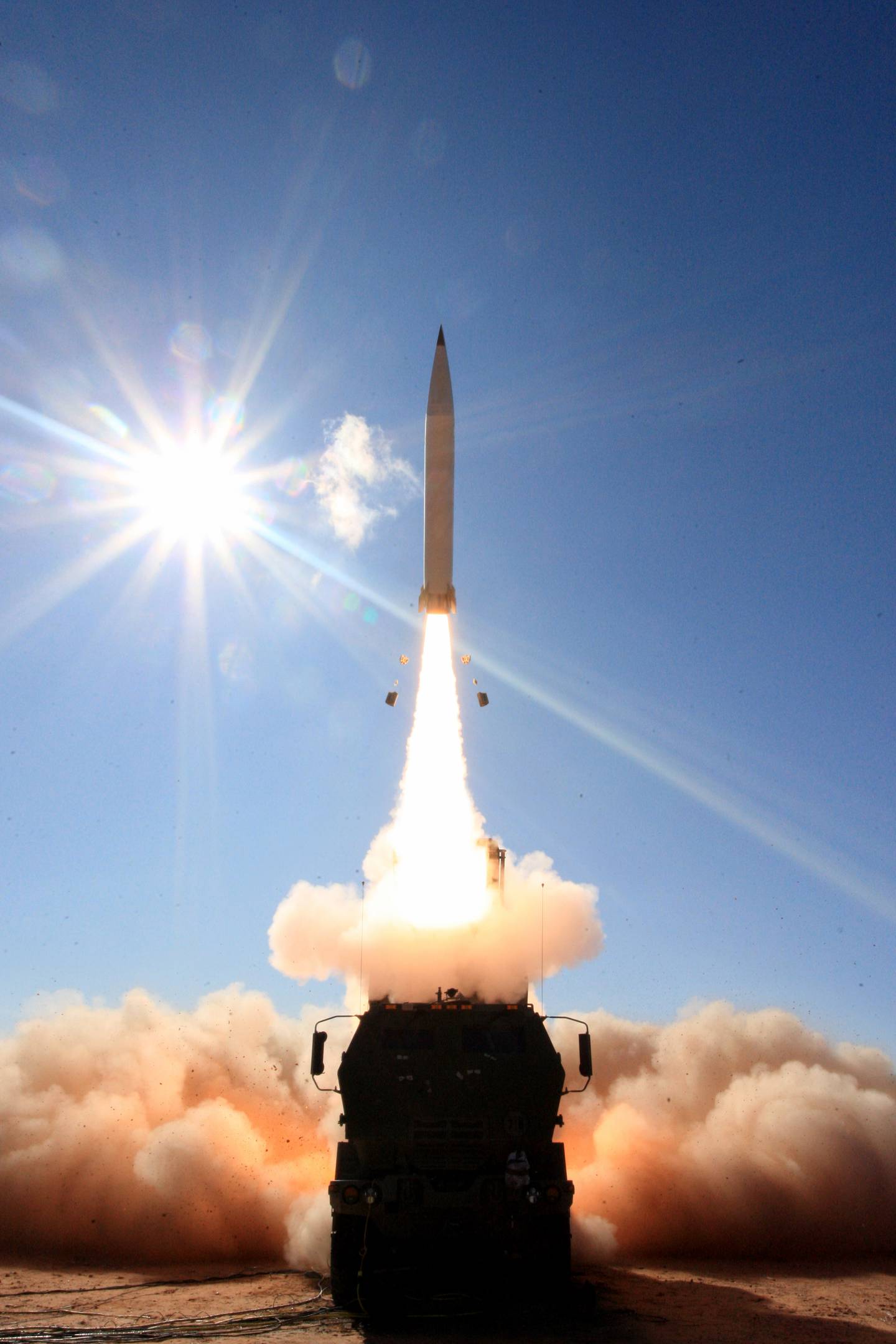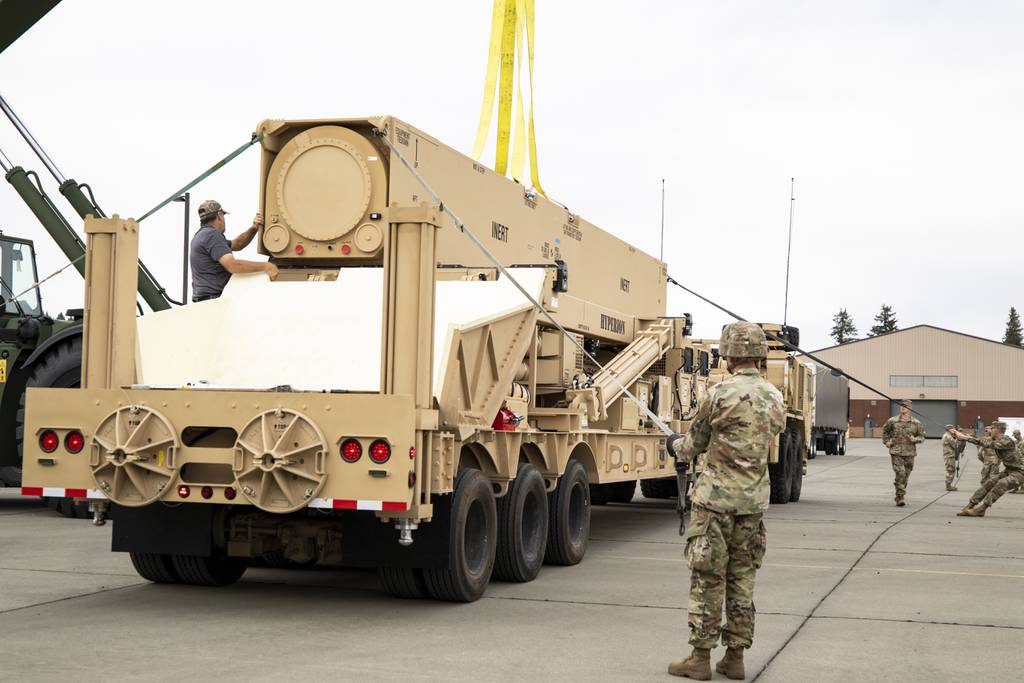The Army is slated to have two new missile systems in soldiers’ hands in 2024.
The two missiles seek to solve a couple of distance problems for the service under its wider long-range precision fires modernization program.
The Precision Strike Missile, or PrSM, will cover ranges up to an estimated 300 miles and replace the legacy Army Tactical Missile System, or ATACMS, which can reach a maximum distance of about 190 miles. The Army is seeking to more than double that distance through an effort launched in February 2023 with Raytheon that will be part of the system’s Increment 4 development.
To give the Army the speed and reach that its leaders see as key to facing peer adversaries such as the Russian and Chinese militaries, the service is leaning on the development of an entirely new technology in the Long Range Hypersonic Weapon.
When fielded, the hypersonic missile is expected to reach ranges out to 1,725 miles, according to a 2023 Congressional Research Service report.
The PrSM completed a successful production qualification test, launching from a High Mobility Artillery Rocket System on Nov. 13 at White Sands Missile Range. That test measured how well the projectile performed in its predicted flight trajectory, lethality, near-vertical engagement angle and height of burst, according to an Army release.
Passing that test means the new missile has reached the status of “early operational capability,” according to the release. That means soldiers can start working with the system in 2024.
The hypersonic weapon development effort has proved more difficult. To reach hypersonic speeds, a key to avoiding enemy detection and air defense systems, the missiles must fly faster than Mach 5 — or more than 3,836 miles per hour — and be able to maneuver at various altitudes, Defense News reported.

Developers delivered the first hypersonic weapon prototype to 5th Battalion, 3rd Field Artillery Regiment, 17th Field Artillery Brigade, I Corps at Joint Base Lewis-McChord, Washington in fiscal year 2021. That early increment included the battery operations center, four transporter-erector launchers and modified trucks and trailers to transport the weapon.
The development of the Common Hypersonic Glide Body, or C-HGB, which includes the weapon’s warhead, guidance system, cabling and thermal protection shield, has hit snags following a canceled test in September. The delay means the system will likely field in 2024, instead of its originally planned late 2023 fielding, officials said.
Army Undersecretary Gabe Camarillo told Defense News that he was confident in the program and that development was going well, but he couldn’t get into specific details regarding the canceled test.
The two systems are key weapons for the Army’s recently formed Multi-Domain Task Forces and Strategic Mid-Range Fires battery.
The service’s overarching plan is to field a SMRF battery in its Strategic Fires Battalion, all run by the MDTF.
The Army formed the 1st MDTF in the U.S. Indo-Pacific Command in 2018, followed by the 2nd MDTF in Europe in 2021 and the 3rd MDTF in the Pacific in 2022 and saw its first full operational exercise in 2023, Army Times reported.
Todd South has written about crime, courts, government and the military for multiple publications since 2004 and was named a 2014 Pulitzer finalist for a co-written project on witness intimidation. Todd is a Marine veteran of the Iraq War.








